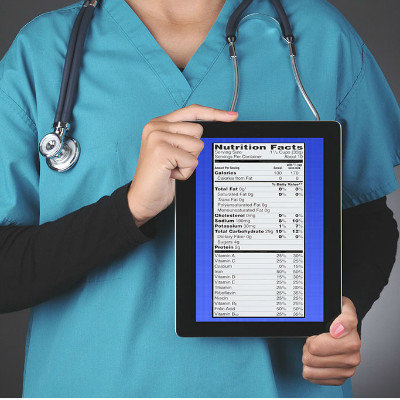What are the typical symptoms of appendicitis pain?
summary
Appendicitis is often very sudden. Appendicitis is one of the common surgical diseases, especially acute appendicitis. It is one of the four major acute abdomen diseases. Typical appendicitis has abdominal pain, fever, gastrointestinal symptoms, tenderness in the right lower abdomen and tight abdominal muscles. What are the typical symptoms of appendicitis pain?, Hope to help you.
What are the typical symptoms of appendicitis pain?
Abdominal pain: typical acute appendicitis begins with pain in the middle and upper abdomen or around the umbilicus. A few hours later, the pain is transferred and fixed in the right lower abdomen. In the early stage, it is a kind of visceral nerve reflex pain, so the range of pain in the middle and upper abdomen and around the umbilicus is more diffuse, often can not be accurately located. When inflammation spread to the serosa and parietal peritoneum, the pain was fixed in the right lower abdomen because of the latter receptor innervation, and the pain was relieved or disappeared. Therefore, no typical history of metastatic right lower abdominal pain can not exclude acute appendicitis.

Nausea and vomiting due to reflex gastrospasm and nausea, vomiting. Complicated with peritonitis and enteroparalysis, abdominal distension and persistent vomiting appeared.

The most obvious pain patterns during the attack of pressure pain and rebound pain were pressure pain and rebound pain. The right lower abdomen had obvious pressure pain, and the pain of raising hands was more obvious.

matters needing attention
In fact, chronic appendicitis can only be relieved by drugs, but can not be cured. Since it is chronic, there is a possibility of recurrence before cure, and the possibility of recurrence is very large, will be repeated attacks, otherwise it is not called chronic appendicitis. During pregnancy can also recur, can lead to gynecological pelvic inflammatory disease. Surgical treatment is the only way, and barium enema should be used for further diagnosis before operation.
















